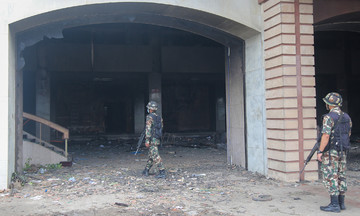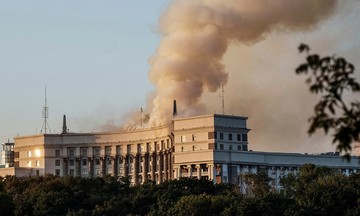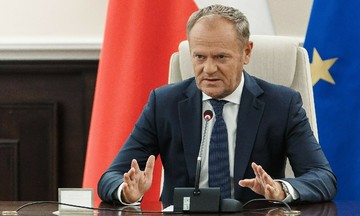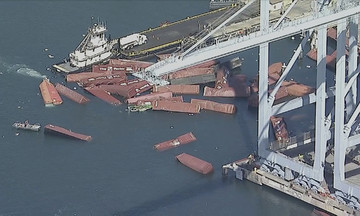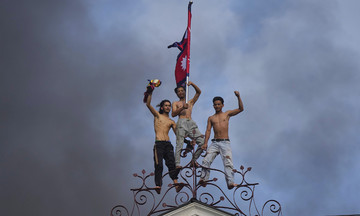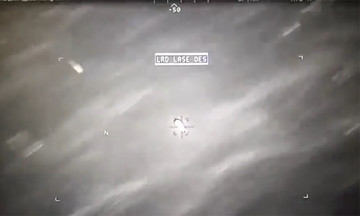Maintaining military supplies to Ukraine has become increasingly critical, according to Western and Ukrainian officials cited by the Financial Times on 8/9. A Pentagon directive issued in June has resulted in uneven and lower-than-expected aid deliveries.
Western officials and experts acknowledge that Ukraine's air defense missile supply will dwindle if Russia maintains its current attack intensity. "It's just a matter of time," warned a source familiar with US arms transfers to Ukraine.
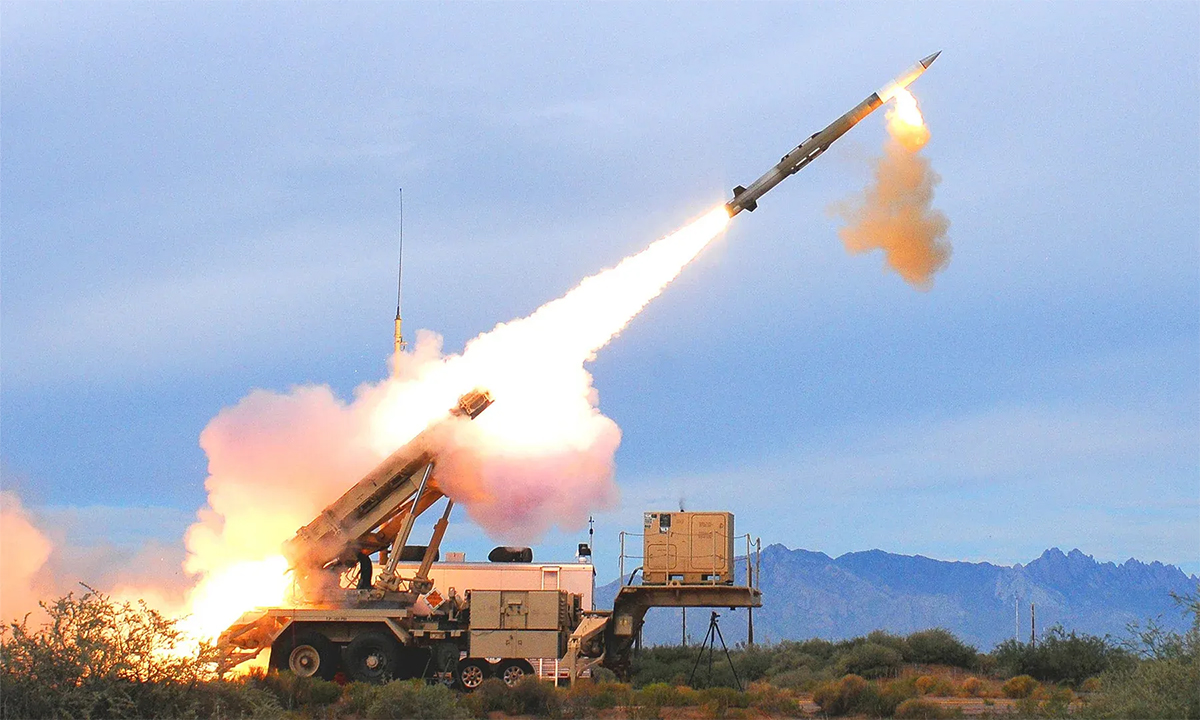 |
A Patriot launcher fires a PAC-3 MSE missile during a test. Photo: *Lockheed Martin* |
The delays in US air defense weapon deliveries raise concerns, especially since these missiles are purchased directly from manufacturers under the Ukraine Security Assistance Initiative (USAI). This program, initiated by the US Congress almost a decade ago, allocates funds for the Pentagon to procure weapons directly from US defense companies and transfer them to Ukraine.
The batch production of missiles under USAI creates gaps between deliveries.
On 7/9, Russia launched its largest coordinated attack since the war began, employing 810 unmanned aerial vehicles (UAVs) and decoy aircraft, along with 13 missiles. The Ukrainian Air Force Command confirmed that 54 UAVs and 9 Russian missiles penetrated air defenses, hitting 33 locations.
Ukrainian officials have repeatedly voiced concerns about air defense ammunition supplies, even during the tenure of former US President Joe Biden.
In early June, Elbridge Colby, US Under Secretary of Defense for Policy, sent a memo to Secretary of Defense Pete Hegseth, arguing that essential US military stockpiles could be depleted if Ukraine's aid requests were fully met.
The Pentagon initially suspended the transfer of materials related to 10 essential weapon systems to Ukraine, then slowed the delivery of PAC-3 missiles for the Patriot system, FIM-92 Stinger man-portable air defense systems, over 100 AIM-120 missiles for NASAMS and F-16 fighter jets.
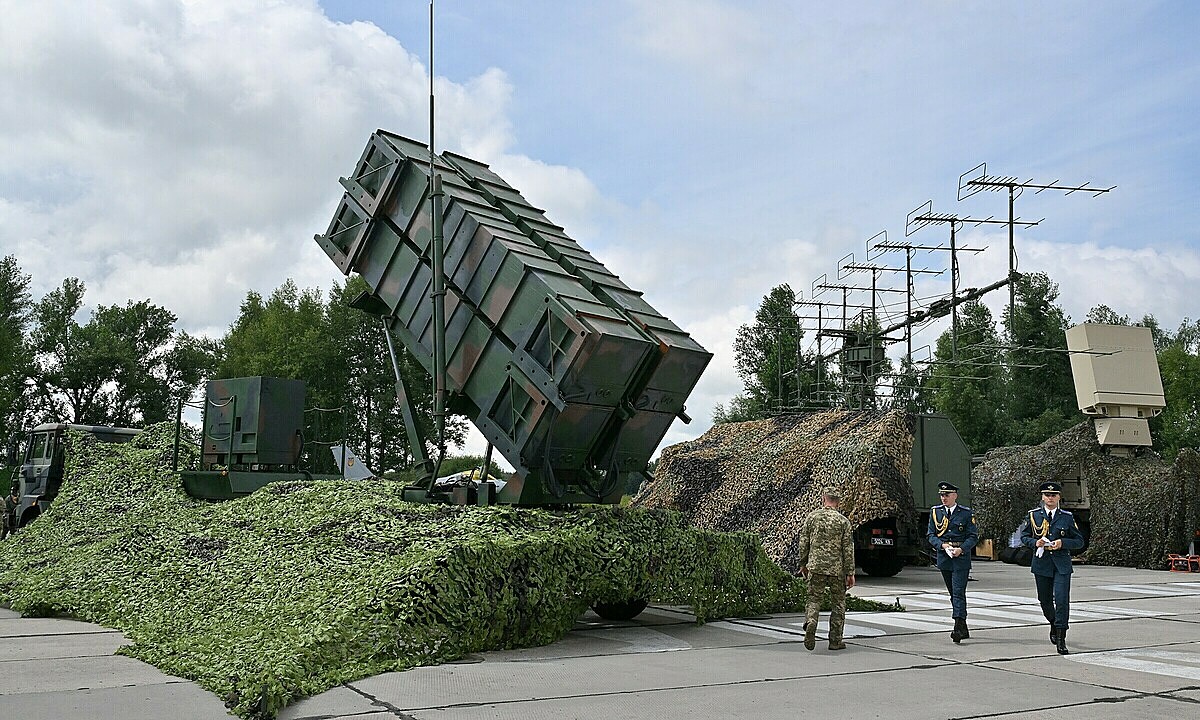 |
A Patriot launcher at an undisclosed location in Ukraine in August 2024. Photo: *AFP* |
Russia's intensified attacks exacerbate this issue. The frequency and intensity of Russian UAV attacks have steadily increased this year. During the summer, Russia deployed an average of 5,200 long-range suicide UAVs against Ukraine monthly, a number that is expected to rise.
According to Ukrainian officials, the country has expended a substantial amount of air defense missiles countering these summer air raids. The Russian military may escalate attacks on Ukraine's energy infrastructure during autumn and winter, posing more severe defensive challenges for Kyiv.
"Russia's large-scale attacks are forcing Ukraine to consume air defense ammunition much faster than the US and its allies can deliver," admitted an anonymous official.
Nguyen Tien (*Financial Times, AFP, AP*)



